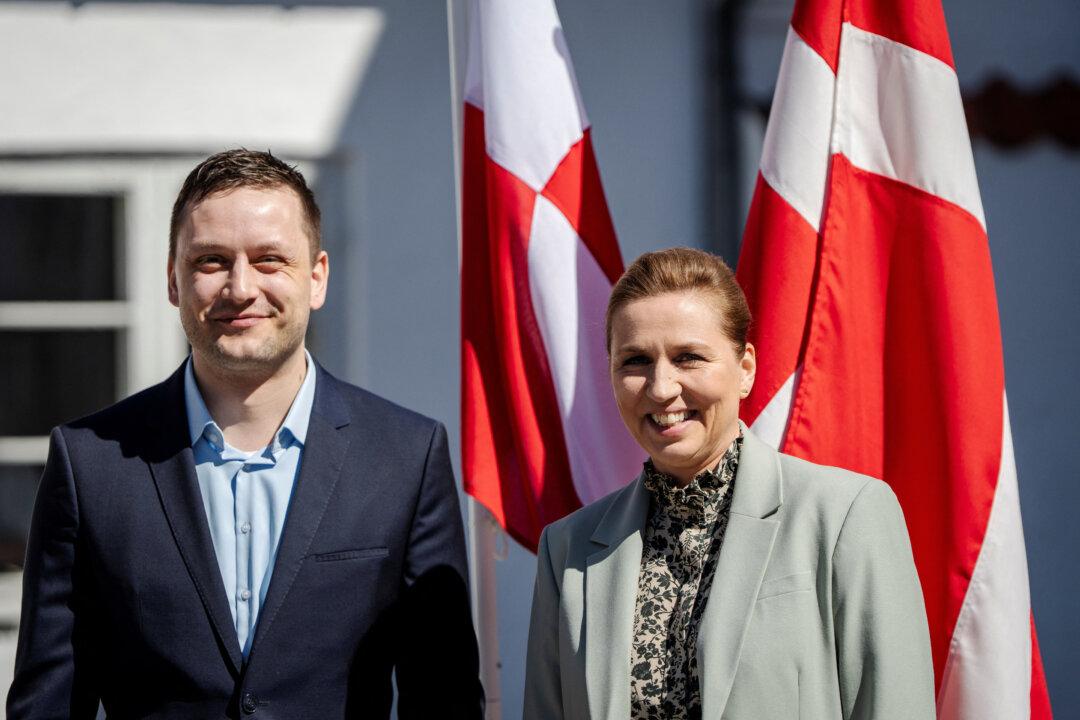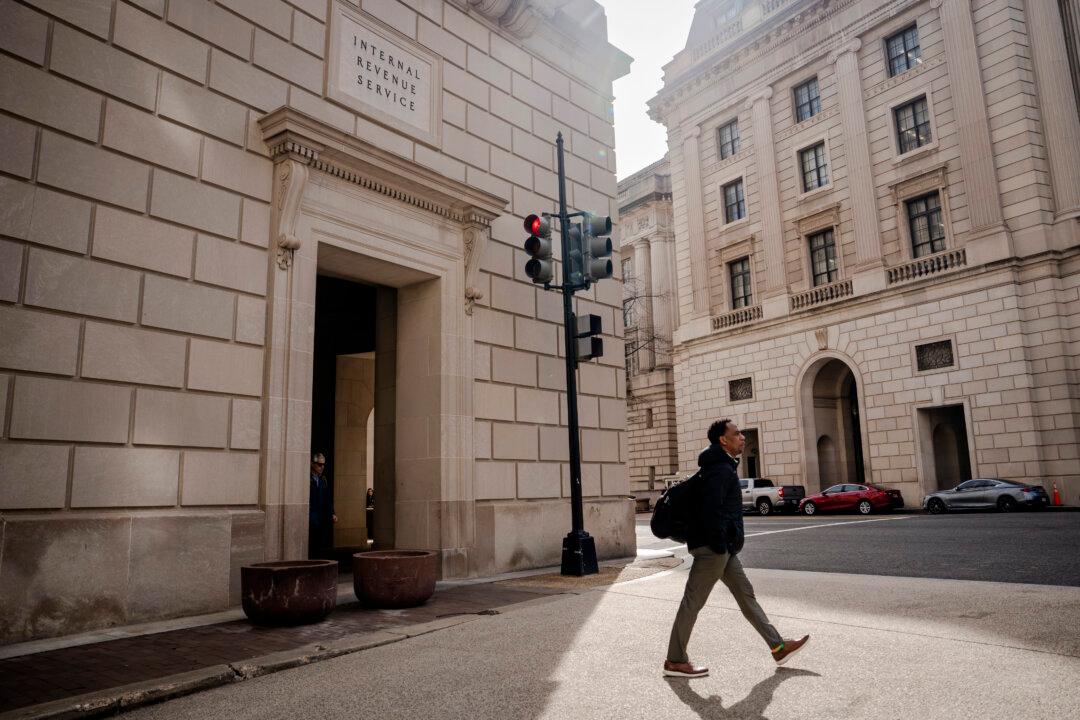At least 40 people have died from a powerful explosion at Iran’s largest port of Bandar Abbas, which also left more than 700 injured, Iranian media reported on April 27.
Firefighters continue to work to extinguish the fire from the April 26 blast, which occurred in the Shahid Rajaee section of the port, Iran’s largest container hub. The explosion shattered windows for several miles around the area, shearing metal strips off shipping containers while damaging their contents, according to state media.
The incident took place as Iran held its third round of nuclear talks with the United States in Oman.
Mehrdad Hasanzadeh, a provincial disaster management official, told Iranian state media that emergency services were attempting to reach the area while others tried to evacuate the site.
The explosion is believed to have been fueled by chemicals at the port, but leadership in Tehran has not yet given an official explanation after previously denying that the blast was linked to Iran’s oil industry or that it was due to mishandling of solid fuel used for missiles.
Hossein Zafari, a spokesperson for Iran’s crisis management organization, suggested that the explosion was caused by poor storage conditions of chemicals in some of the port’s containers.
A spokesperson for the Iranian Defense Ministry told state media that reports that the explosion could have come from fuel mishandling were “aligned with enemy psyops,” claiming that the area affected by the blast did not contain any military cargo.
The Iranian Interior Ministry is still investigating the blast, and Iranian Foreign Minister Abbas Araghchi said earlier in the week that Tehran’s security services remain on high alert to potential acts of sabotage and assassination.







